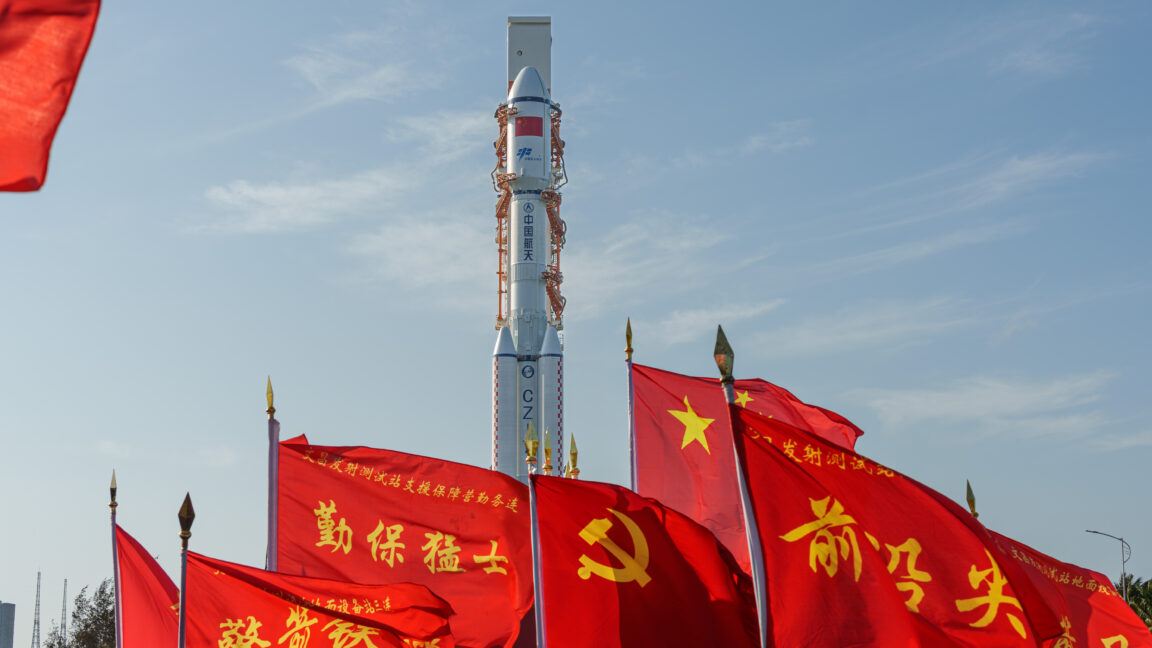
"A new listing of the 50 most concerning pieces of space debris in low-Earth orbit is dominated by relics more than a quarter-century old, primarily dead rockets left to hurtle through space at the end of their missions. "The things left before 2000 are still the majority of the problem," said Darren McKnight, lead author of a paper presented Friday at the International Astronautical Congress in Sydney. "Seventy-six percent of the objects in the top 50 were deposited last century, and 88 percent of the objects are rocket bodies. That's important to note, especially with some disturbing trends right now.""
"The 50 objects identified by McKnight and his coauthors are the ones most likely to drive the creation of more space junk in low-Earth orbit (LEO) through collisions with other debris fragments. The objects are whizzing around the Earth at nearly 5 miles per second, flying in a heavily trafficked part of LEO between 700 and 1,000 kilometers (435 to 621 miles) above the Earth. An impact with even a modestly sized object at orbital velocity would create countless pieces of debris, potentially triggering a cascading series of additional collisions clogging LEO with more and more space junk, a scenario called the Kessler Syndrome."
"McKnight, a senior technical fellow at the orbital intelligence company LeoLabs, spoke with Ars before the paper's release. In the paper, analysts considered how close objects are to other space traffic, their altitude, and their mass. Larger debris at higher altitudes pose a higher long-term risk because they could create more debris that would remain in orbit for centuries or longer."
Fifty objects in low-Earth orbit pose the highest risk of generating additional debris, with rocket bodies from before 2000 forming the majority. Seventy-six percent of the top 50 objects were deposited last century and 88 percent are rocket stages. These objects orbit between roughly 700 and 1,000 kilometers and travel near 5 miles per second, where collisions can produce vast numbers of fragments. Collisions could trigger a cascading Kessler Syndrome that would clog LEO for centuries. Risk evaluation factors include proximity to other traffic, altitude, and mass, with larger, higher-altitude debris posing the greatest long-term hazard. Russia and the Soviet Union account for most of the top hazards.
Read at Ars Technica
Unable to calculate read time
Collection
[
|
...
]